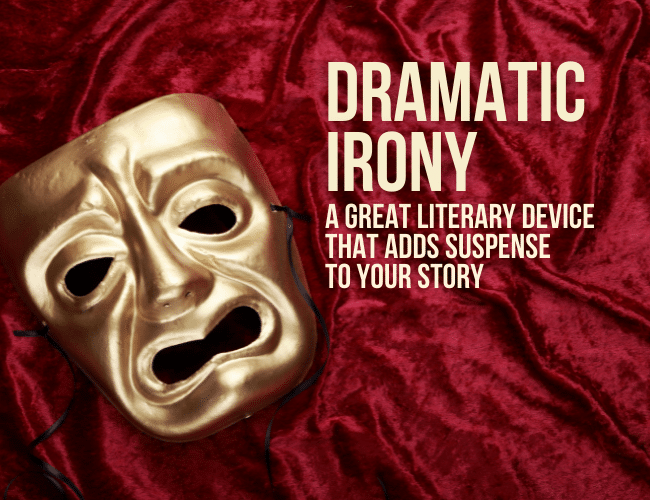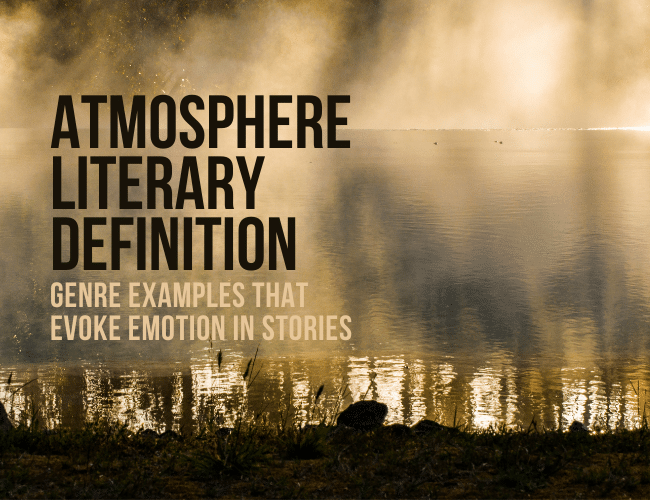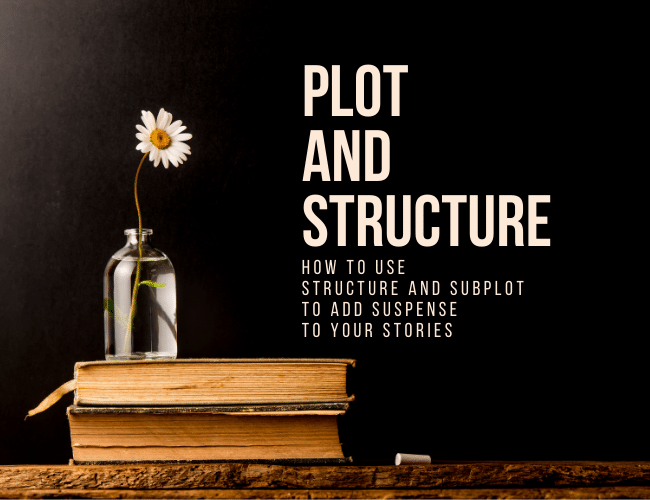
by Kellie McGann |
Writers encounter dialogue every day, but too often recently I’ve seen great stories ruined by choppy, incoherent, and straight up weird dialogue.
Let’s break down the essentials of dialogue tags so we can all write clearer conversations.

by Joslyn Chase |
Do you remember the first time you read Romeo and Juliet? Did you cringe when Romeo kills himself, knowing that Juliet is still alive? This is a perfect example of how to use dramatic irony in your story—a literary device that will inevitably add suspense into your novel.
Dramatic irony can be used in any story regardless of genre, but it is especially useful when writing stories that you want to increase tension and suspense.
In this article, you’ll learn about dramatic irony, another useful technique that keeps readers on the edge of their seats.

by Liz Bureman |
It’s kind of fun when words that refer to literary techniques have their origin in other disciplines. Take kinesiology, for example. I had several friends in college who were kinesiology majors, which means that they studied the science of human movement. That general idea of movement is also reflected in today’s new literary word: kinesthesia.

by Joe Bunting and Ruthanne Reid |
Plot has a specific structure. It follows a format that sucks readers in; introduces characters and character development at a pace guaranteed to create fans; and compels readers to keep reading in order to satisfy conflict and answer questions.
Do you want readers to love your story? (Who doesn’t, am I right?) Then you need to understand plot.

by Joslyn Chase |
Atmosphere matters. You might be someone who will pay a premium to eat at a restaurant with a certain ambience or buy a house in a setting that supports a particular feeling. But how do you use atmosphere in your book?
In like manner, your reader won’t remember every word you wrote, but if you infuse the story with atmosphere, they will remember the way it made them feel.
But how can you weave atmosphere into your story without making it feel forced? How can your story’s atmosphere evoke an emotional response and leave a lasting impression on your readers? How can you leverage this literary technique to enhance that feeling?
A strong sense of atmosphere figures into the works of William Shakespeare. Edgar Allan Poe mastered atmosphere in poems like The Raven and his haunting tales of suspense. J.K. Rowling managed it well in the Harry Potter series.
And you can learn it too.
There are many literary devices and elements of fiction a writer uses to impact the atmosphere of a literary work, including figurative language, word choice, similes, and personification. In this post, we’ll examine how point of view and genre considerations help to set the mood and establish atmosphere.

by Joslyn Chase |
You can’t write a great story if you don’t master plot and structure. But what is the best structure for a novel? How do you plot a novel?
Figuring out your plot and structure is essential for your story’s success. Even if you have an exciting idea for a story, great characters, and a memorable setting, you need to put your protagonist through events that have high and escalating stakes.
Without a sound plot and structure, you won’t thrill your readers. Today, we’ll look at story structure and learn how you can build an effective plan for a story packed with suspense, with all the right twists in all the right places.





